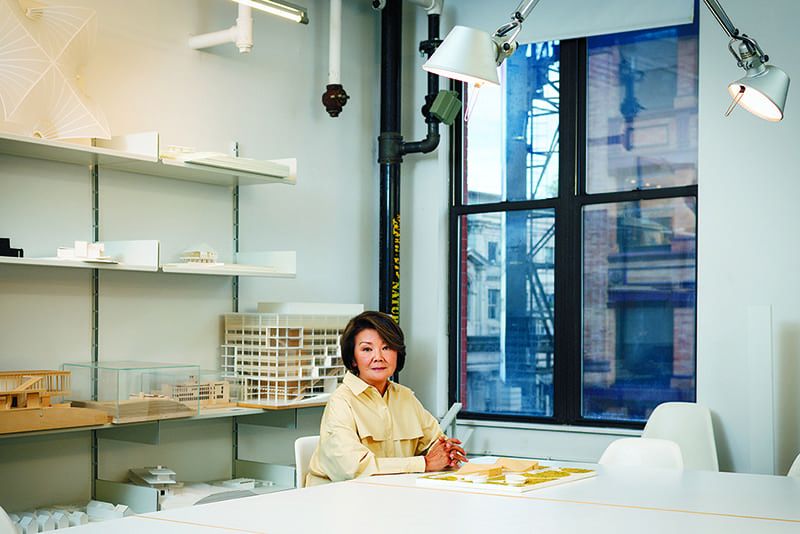Discover how these eight female Asian architects have been breaking ground and making a profound impact on architecture as we know it today
Louise Blanchard Bethune was the first American woman known to have worked as a professional architect. The New York native was named the first female associate of the American Institute of Architects (A.I.A.) in 1888 and its first female fellow in 1889.
Since Bethune, women have been proving their passion and talent for design and architecture in a male-dominated profession, some of whom have shaped the history of architecture.
Today, Dame Zaha Hadid is spoken in the same breath as the greats. However, it is a paradox that even in the 21st century, architecture can still be a challenging career path for women, with gender inequality being a common occurrence.
Here are eight inspiring female Asian architects whose careers have and continue to challenge the profession’s boys’ club while impacting the industry.
Read more: 8 designing women: Meet the first ladies of Malaysian design
1. Kazuyo Sejima

Kazuyo Sejima is the co-founder of Sejima and Nishizawa and Associates (SANAA), one of the most influential Japanese studios in contemporary architecture.
In 2010, SANAA was awarded the Pritzker Prize, making Sejima the second woman to receive the prestigious accolade. Born in 1956 in Mito, Ibaraki, Sejima graduated from Japan Women's University and worked under Toyo Ito before establishing her own practice.



























